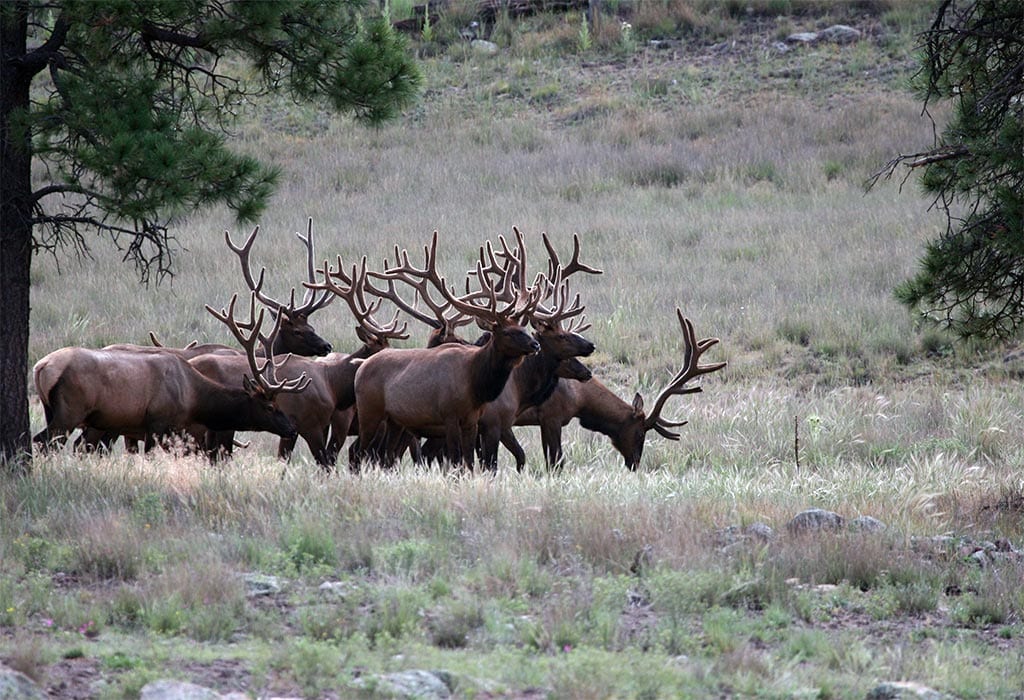There are pronounced fears that the nation-wide decline of hunting is creating a crisis for wildlife conservation. But this is a crisis of our own making. And the flip-side of crisis is opportunity; the opportunity to rethink how we fund state wildlife agencies, which in turn shapes how we protect and foster biodiversity, wildlife habitat, and responsible outdoor recreation. In the face of the climate crisis and the ongoing sixth mass extinction, such a rethinking can’t happen soon enough.
For over a century, hunters and anglers have paid for the bulk of state-level wildlife conservation via hunting tags and excise taxes on firearms and ammunition. That model has engendered real conservation successes that deserve recognition. But this model of conservation also has issues. Game species are prioritized. Often state agencies specifically don’t spend money on non-game wildlife conservation. The non-game species that benefit most are those that share habitat with their hunted counterparts. Native carnivores, key to maintaining healthy ecosystems, have been treated as competition for hunters, resulting in the disappearance of iconic animals like wolves and grizzly bears from much of their historic range. The status quo deserves a rethink.
Relying on revenue streams that are drying is a risky business model. “Recruitment, retention, and reactivation” of hunters—gospel for many state wildlife agencies for the past decade—is not going to cut it. Demographic shifts, changing attitudes, increased urbanization, and threats to public land and access will likely see the current declining trajectory in hunting become more pronounced in the not-so-distant future. Remaining inflexibly wed to an outdated business model is imprudent. Clever slogans and gimmicks do not represent the needed transformation. The world is changing fundamentally and wildlife funding needs to do the same.
A 2018 study conducted by a consortium of state wildlife agencies found that, across the American West, more and more people see wildlife as having inherent value, and as an integral part of a larger system. The number of people with a “utilitarian” view of wildlife are decreasing. A revenue shift that aligns with these shifting values will be the most successful in terms of financial viability and serving Americans. The truth is that wildlife watchers, hikers, campers, mountain bikers, and the like want to and need to invest in wildlife conservation; but there are few mechanisms out there that allow them to do so.
Some states are already beginning to take advantage of untapped revenue streams. Missouri has led the way by capturing sales tax revenue to amazing results. Oregon and Colorado have at least acknowledged the looming funding gaps and started searching for new pots of money. But so far, the willingness of most wildlife agencies to earnestly engage new constituencies and openly seek significant revenue from sources other than hunting and angling has been underwhelming. Most states are clinging to a dying system, trying in vain to recruit, retain, and reactivate rather than reimagine.
A shift in state wildlife funding does not mean the end of hunters and anglers as critical stakeholders. On the contrary, they have important and ongoing roles to play. Many sportsmen groups acknowledge the need to broaden revenue sources and have shown a willingness to help with the requisite engagement. Wildlife watchers and others that enjoy wildlife from a non-consumptive position need to weigh in too, with their ideas and their dollars.
A new paradigm is within reach, but only if we stop desperately hanging on to a world that no longer exists. Wildlife benefits everyone—our ecosystems, our economies, and our enjoyment are connected to the natural world and the native species that make it function. Wildlife is for all and we should all be paying to conserve it.
